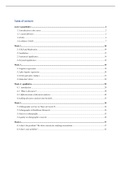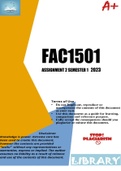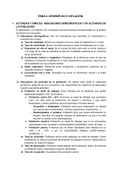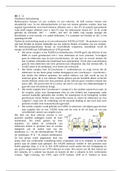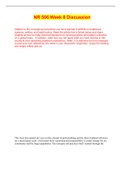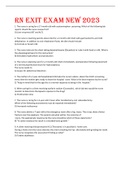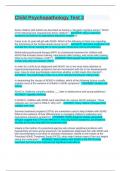Summary
Summary STAT1000 Chapters 1-4
- Institution
- University Of The Witwatersrand (wits)
A complete and in-depth summary of Chapters 1-4 of the prescribed coursework for STAT1000. Although a mathematical course is one which usually requires merely application, Business Statistics contains a lot of information which must be learnt. I have found these colourful summaries to be very usefu...
[Show more]





